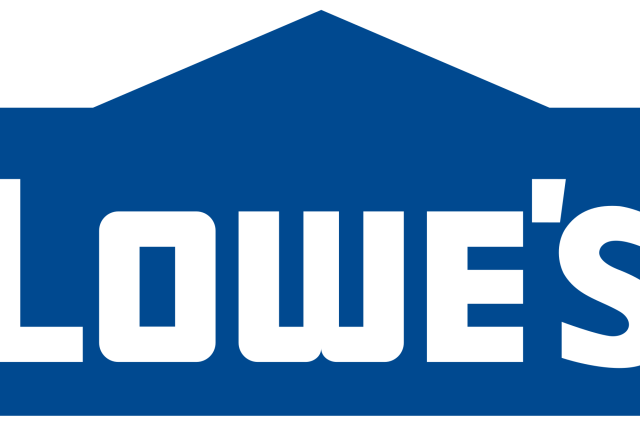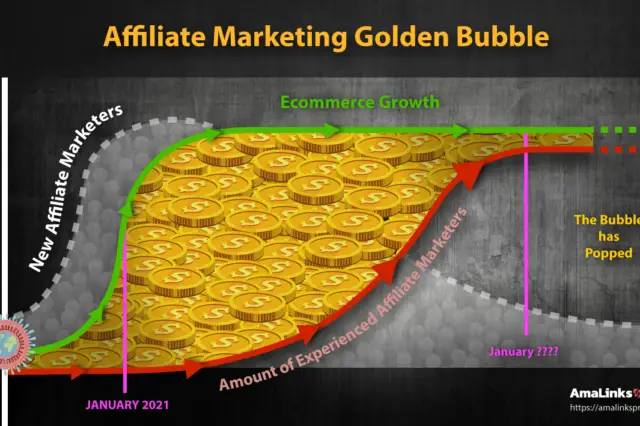
Learn about the Lowe's affiliate program.
Background and Establishment: Lowes.com emerged as a response to the changing consumer preferences and the evolving retail landscape. Lowe’s Companies, Inc. had established itself as a brick-and-mortar giant in the home improvement sector since its inception in 1946. However, as the internet gained prominence, the company recognized the need to establish a digital presence to cater to the growing segment of online shoppers.
In 1998, Lowes.com was launched, marking the retailer’s entry into the realm of e-commerce. This move was strategic, given the increasing popularity of online shopping and the changing dynamics of consumer behavior. The platform aimed to offer a seamless experience where customers could explore a vast array of products, receive expert advice, and make purchases from the comfort of their homes.
The Digital Transformation: Lowes.com embarked on a journey to merge the traditional in-store experience with the convenience of online shopping. This involved creating an interface that mirrored the store layout, allowing customers to navigate through different departments and categories effortlessly. The website’s user-friendly design and intuitive search functionality provided a sense of familiarity to customers who were accustomed to shopping at physical Lowe’s locations.
One of the standout features of Lowes.com was its integration of technology to enhance customer experience. The platform introduced augmented reality (AR) tools that enabled users to visualize how various products would look in their homes. For example, customers could use their smartphones to see how a piece of furniture would fit in their living room or how a paint color would appear on their walls. This innovative application of AR not only helped customers make informed decisions but also bridged the gap between the digital and physical worlds.
Personalization and Customer Engagement: Lowes.com recognized the importance of personalization in the digital age. The platform leveraged data analytics and AI-driven algorithms to understand customer preferences and tailor recommendations accordingly. By analyzing past purchases, browsing history, and demographic information, the website provided personalized product suggestions, promotional offers, and even project ideas.
Furthermore, Lowes.com emphasized customer engagement through its extensive content library. The platform featured how-to guides, DIY project tutorials, and expert advice videos. This content not only empowered customers to undertake their home improvement projects but also positioned Lowes.com as a trusted source of knowledge in the industry. The integration of user-generated content, such as customer reviews and project photos, fostered a sense of community and collaboration among shoppers.
Omnichannel Integration: Lowes.com blazed a trail by seamlessly integrating its online and offline channels. Recognizing that customers often research products online before making in-store purchases, the company facilitated a harmonious shopping experience across platforms. Customers could start their journey on Lowes.com, explore products, gather information, and then visit a physical store to see the items in person. Alternatively, they could order online and choose to have the products delivered to their homes or pick them up at a nearby store. This omnichannel approach bridged the gap between virtual and physical shopping, enhancing customer convenience and satisfaction.
Conclusion: In the dynamic landscape of home improvement retail, Lowes.com stands as a trailblazer that embraced the digital era to redefine the shopping experience. Its innovative use of technology, commitment to personalization, and seamless omnichannel integration have set new standards for the industry. By combining the familiarity of the in-store experience with the convenience of online shopping, Lowes.com has transformed the way people approach home improvement projects, making it easier, more engaging, and ultimately more rewarding. As the digital age continues to unfold, Lowes.com serves as a testament to the remarkable possibilities that emerge when innovation meets the ever-evolving needs of consumers.

Miles Anthony Smith
Miles is a loving father of 3 adults, devoted husband of 24+ years, chief affiliate marketer at AmaLinks Pro®, author, entrepreneur, SEO consultant, keynote speaker, investor, & owner of businesses that generate affiliate + ad income (Loop King Laces, Why Stuff Sucks, & Kompelling Kars). He’s spent the past 3 decades growing revenues for other’s businesses as well as his own. Miles has an MBA from Oklahoma State and has been featured in Entrepreneur, the Brookings Institution, Wikipedia, GoDaddy, Search Engine Watch, Advertising Week, & Neil Patel.
For more information about this offer: View the Lowe’s homepage


